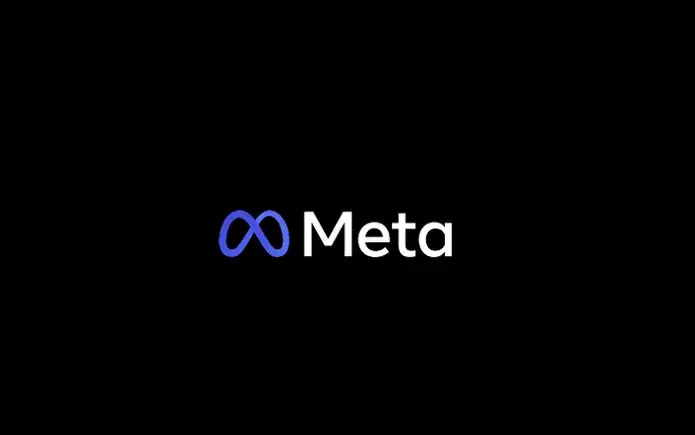Recently, Meta made a significant change to its ad targeting options by removing detailed targeting exclusions. This change was not widely announced until a week ago, even though advertisers were notified about it back in May. Detailed targeting exclusions allowed advertisers to exclude certain demographics, interests, and behaviors from their ad audience. Despite the initial belief that these exclusions would improve ad performance, Meta found that they actually limited effectiveness over time.
Meta’s decision to remove detailed targeting exclusions was based on the idea that their AI-powered ad targeting systems have become much more sophisticated. By relying on AI to display the right ads to the right users at the right time, overall campaign performance has improved. In fact, Meta’s own testing revealed that the median cost per conversion for ad campaigns improved by 22.6% when detailed targeting exclusions were removed from the equation.
The journey towards removing detailed targeting exclusions began earlier in the year when Meta announced changes to its ad targeting options in January. By May, advertisers were notified that detailed targeting exclusions would be removed entirely by June 28, only for Meta to clarify that this communication was sent in error. However, a month later, detailed targeting exclusions were officially removed for new campaigns. Existing campaigns utilizing audience exclusions will remain unaffected until January 31, 2025.
While detailed targeting exclusions are no longer available, advertisers can still make use of alternative exclusion options such as custom audience exclusions and the audience controls in account-level advertising settings. These options allow advertisers to restrict audiences based on brand protection or employment. Despite the removal of audience exclusions within campaign setup, Meta’s data suggests that this change may actually be beneficial in the long run.
Meta is also making strides with its automated Advantage+ campaigns, which are driving strong results for advertisers. This, combined with the elimination of detailed targeting exclusions, is part of Meta’s larger vision for the future of advertising. In the coming years, advertisers may no longer need to do any manual work to create an ad campaign. Instead, Meta’s AI system will generate optimized ad descriptions, custom product visuals, and a range of ad variants based on a simple product URL input. While this approach may seem counterintuitive, Meta’s AI is designed to leverage extensive ad and audience engagement knowledge to create ads that resonate with users.
Overall, Meta’s decision to remove detailed targeting exclusions represents a significant shift in the way advertisers approach ad targeting on the platform. By trusting in the capabilities of its AI systems and focusing on automation, Meta is paving the way for a more streamlined and effective advertising experience for both advertisers and users.


Leave a Reply